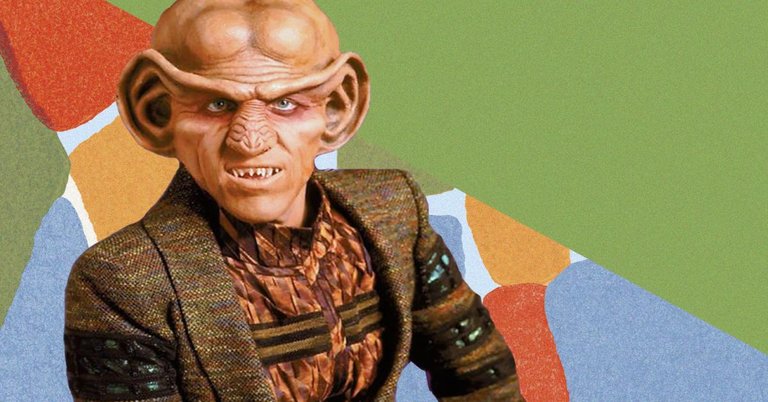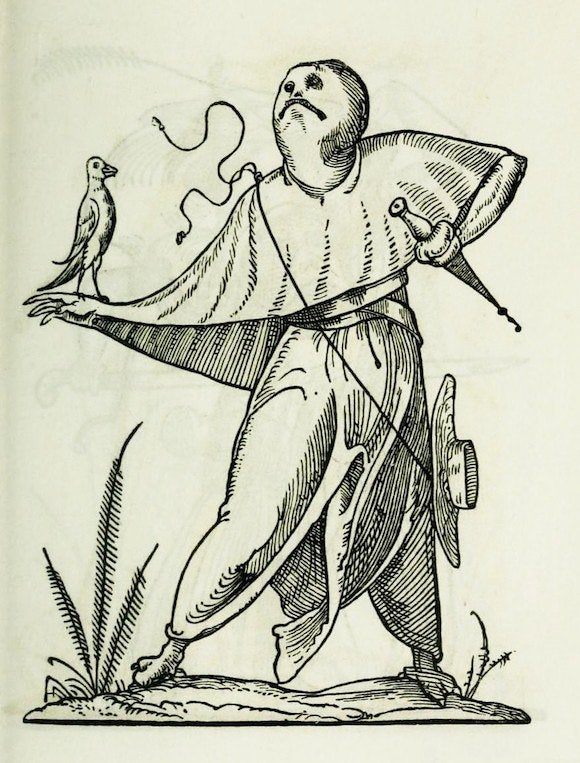Lore Spoilers Ahead:

One of the design choices I am planning on implementing into Project Burner is a soft ban against humanoid aliens as part of the Koth superorganism. A lot of media will represent aliens in a way that is analogous to humans, perhaps messing with the proportions or the pigment, making minor adjustments to the physiology, or including one or two distinguishing features. It is not so much that I think this practice is lazy or uninspired, but rather a symptom of viewing humanity as the evolutionary terminus, where all lineages eventually converge upon the human form. The fictitious Troodon featured above is a good example of the human features influencing an intelligent creature which has evolved from non-avian dinosaurs, and was criticized as such, but I want to dive deeper into a particular science fiction universe which is filled with humanoid aliens, Star Trek.

From the Gorn to Vulcans to Klingons to Romulans to the Ferengi, Star Trek has no shortage of alien species following the featherless biped body structure. There is an obvious real world explanation for why this happened, that special effects are expensive, and it is cost effective to add prosthetics or a costume to a human actor rather than do expensive puppetry or computer animation, but the in-universe explanation is not only interesting, but convincing as well. Far in the distant past, in the scale of deep time, there was a human-like species called the Progenitors, which seeded life on different worlds. After millions of years, those lifeforms exposed to different environments developed into the various species in the Star Trek universe. This common ancestor helps to explain a few things, like how the different races can interbreed, but also goes a long way in explaining the universal similarity. There are also other worlds where alien life evolved naturally, without the influence of the Progenitors, which explains the other forms of monsters in the Star Trek universe, for the record. Taking this into mind, I want to outline my design philosophy for the different alien species.
The first species is the super organism the Koth, which bears a bit of similarity to the Gene-Stealers in the Warhammer 40K Universe. I want the species to be made out of a lot of related smaller organisms, which will morph from one another with a flowchart describing how they may change from one to another. They all share the same base genetic code, but there is room in their triple stranded DNA molecule analogue, to incorporate other genetic material, or to preserve natural mutations if they are found useful. This superorganism is in charge of its own evolution, which is interesting since it can avoid one of the trappings seen in evolution, that species can be trapped on a local maximum, since evolution in any direction would result in a less fit species, which would be selected against. This is in a stable environment, as environmental pressure would eventually push the creature off of that local maximum, but the point is that evolution is not goal oriented, which is the major criticism of the Troodon.
The second species that I want to talk about are Homo Derelictus, which is the fictional humanoid race I plan on implementing into Project Burner. For those in the audience who have not already picked up on it, the Homo Derelictus are a humanoid race of aliens, based on homo sapiens sapiens. (That is a little specific, but modern humans were one of many different subspecies, but the others have gone extinct either through interbreeding with homo sapiens, being the less fit species, or pessimistically, eradicated by the Homo Sapiens Sapiens.) In the distant future, humanity has been split into genetically enriched but otherwise similar Homo Sapiens, and the Homo Derelictus. The Homo Derlictus, Latin for “same forsaken”, are similar to humans but warped and disfigured to be forced into inhospitable environments. To clarify, the species has not radiantly evolved based on their environment, but have been brutishly and artificially tailored to these alien worlds. This goes further than just hasty genetic modification though, as there is quite a bit of external body modification as well. I am thinking that there will be inorganic integration of some mechanical and electronic elements, but not in the ergonomic way. This is a sort of ill conceived and involuntary branch of Transhumanism where there is no choice in the matter. Cyborgs are bred then incrementally augmented until they can perform their intended function. This is the foundation of the Envitromite faction of monsters. Of course this is all lore which is not necessarily revealed to the players, as areas of elective research, with breadcrumbs scattered around to whet the appetite. I am planning on explicitly calling the Envitromite race Homo Derelictus at least once, but it might be as a background detail or a blink and you miss it Easter Egg.

As far as visual representation for the Envitromites, I have been recently enthralled by the imagery in the Drolatic Dreams of Pantagruel, 1565. This public domain manuscript has more than a hundred illustrations, many of which I plan on taking inspiration from. I am planning on going into much more detail later, describing a few of my more favored pieces in the following post, but for now I have to remark that there is just something about the way the fabric-like material fits the creatures, sometimes blending together with the flesh. So many of them are wearing ill fitting and unsettling masks, or perhaps are otherwise disfigured, and many bear inhuman traits and body parts. I find them fascinating, and I plan on having them as reference material when I start sketching the Envitromites proper.